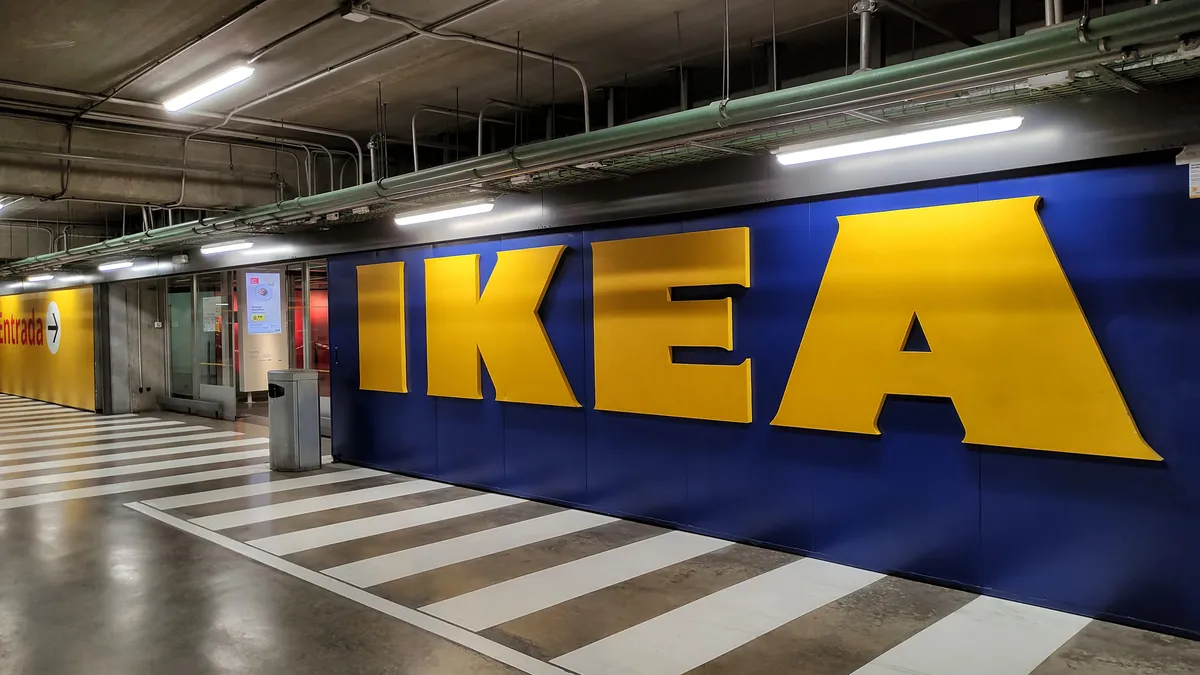Dive Brief:
-
Walmart ran 100% of its e-commerce and Sam's Club business in the cloud during the holiday season, according to Suresh Kumar, EVP, global CTO and chief development officer, speaking on the company's Q4 2021 earnings call last week. The company's hybrid cloud powers nearly 23,000 point-of-sale systems and a data lake storing 1.7 petabytes of data.
-
The company upgraded its infrastructure last year to support the data workloads and bandwidth required for machine learning capabilities. Walmart's machine learning model optimizes timing and pricing of markdowns, which saved the company $30 million, according to Kumar.
- Walmart plans around $14 billion in fiscal year capital expenditures focused on technology, automation, supply chain and customer-facing initiatives, according to the latest earnings report.
Dive Insight:
Walmart spent last year building the foundational capabilities and accelerating modernization, according to Kumar. The company will devote 2021 to meeting customers' digital shopping demands through personalization and other technological efforts.
In Walmart's February 2020 earnings call, Kumar and Doug McMillon, president and CEO, detailed expanding cloud efforts to modernize legacy technology inherited through acquisitions. Before that, in 2018, former CIO Clay Johnson brought attention to the role of agile and DevOps models to help Walmart build the foundation for transformation.
The demand for a better digital experience as more customers took shopping online during the pandemic further accelerated the retailer's efforts.
Digital transformation allowed Walmart to manage surges during the pandemic and holiday shopping seasons. Cloud upgrades kept the website scaling to meet customer usage and Walmart is planning an augmented reality app to help employees navigate backroom stock, according to Kumar.
"On our associate side, we want to reduce the time that they spend on activities like inventory counting, making multiple trips to the back room for stocking, picking, all of this kind of stuff so that they can focus on serving our customers," Kumar said.
An automated system reviewing cost of parts, labor hours, travel time and other real estate related data saved Walmart $40 million last year by increasing proposal and invoice accuracy, according to Kumar.
Walmart is one of many retailers that leaned on technology to support e-commerce last year. Two-thirds of senior executives across sectors are planning to increase investment in automation and AI to recover from the COVID-19 pandemic, according to a McKinsey report.
For corporate, enterprise upgrades enabled the transition to a remote work environment. Walmart scaled its virtual private network capabilities by 600% and its videoconferencing capability by over 100%, according to Kumar.














